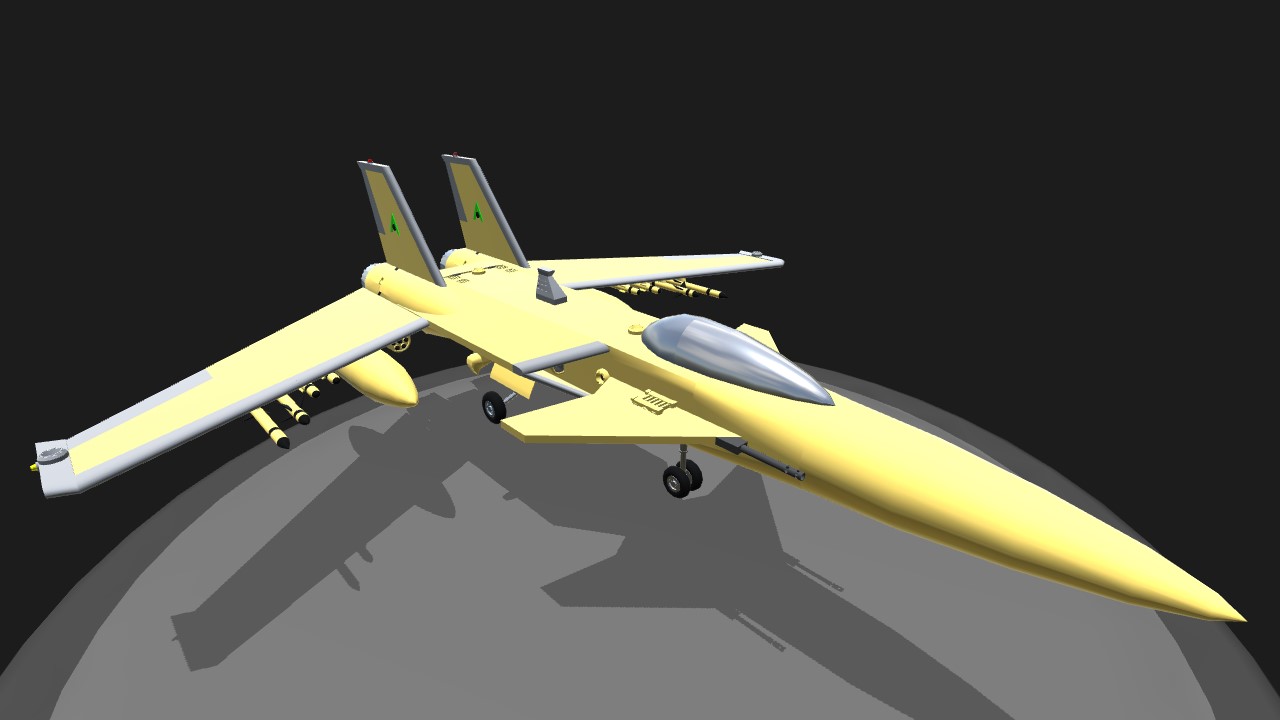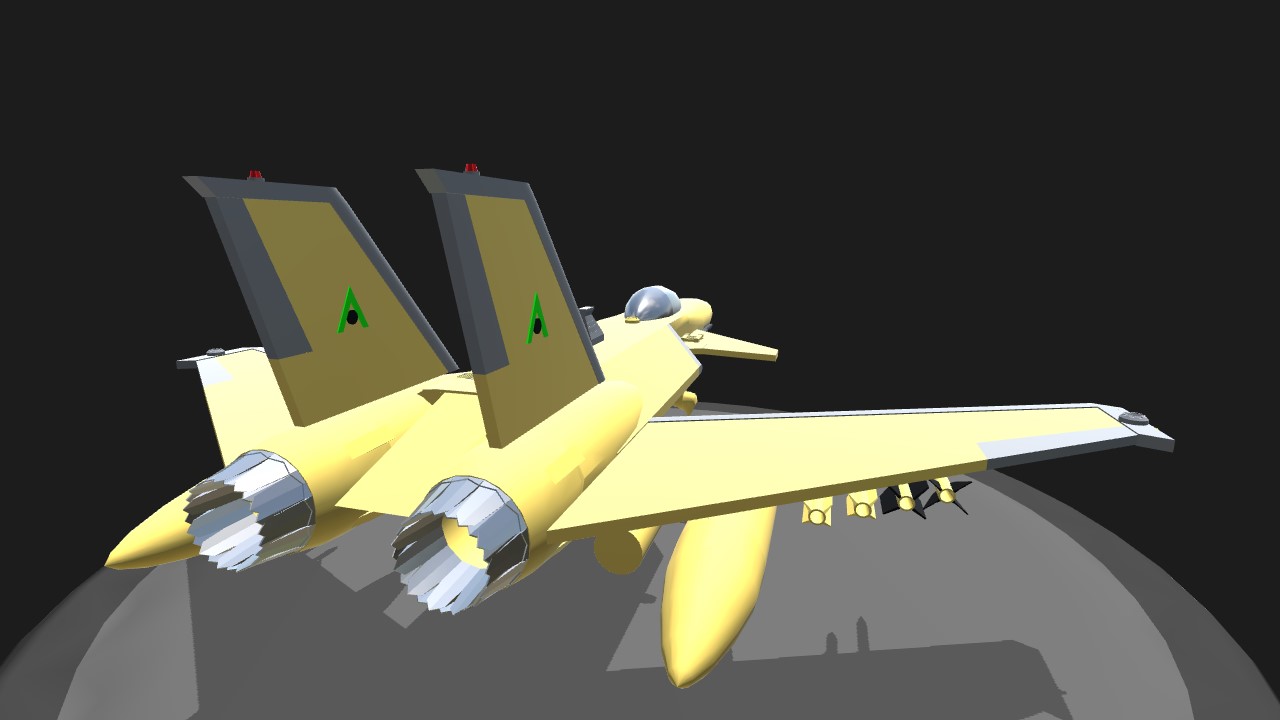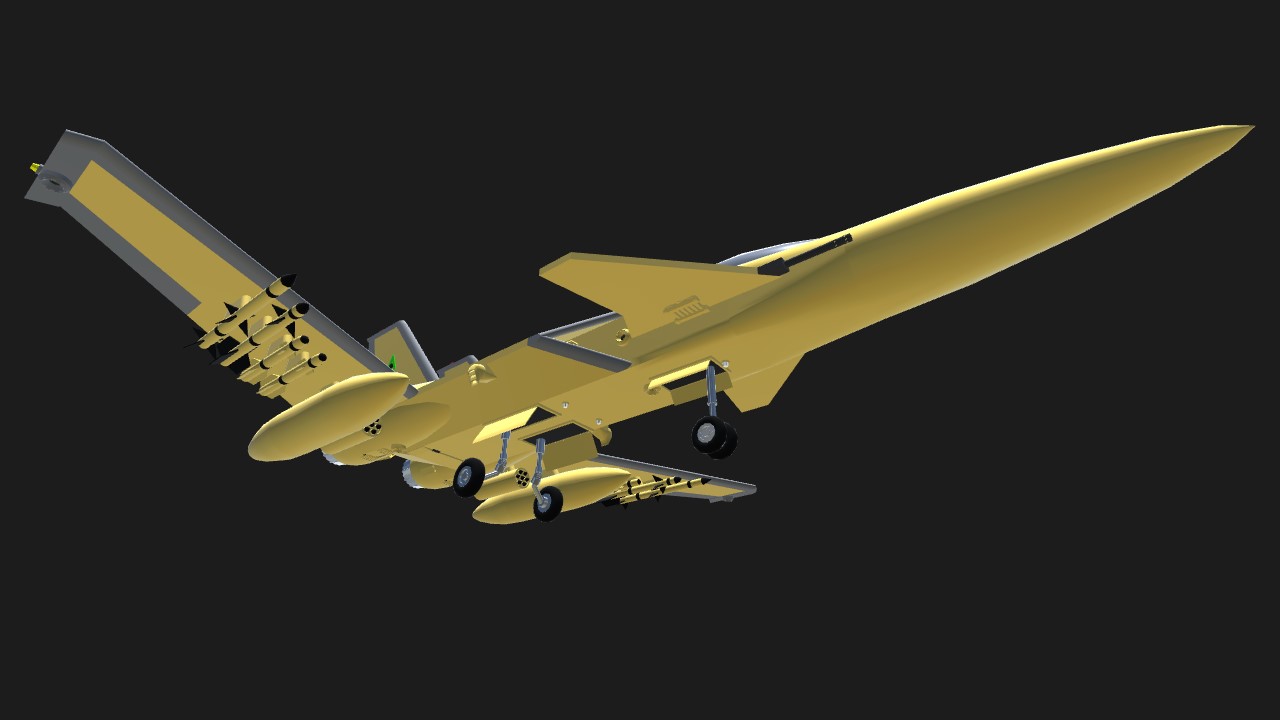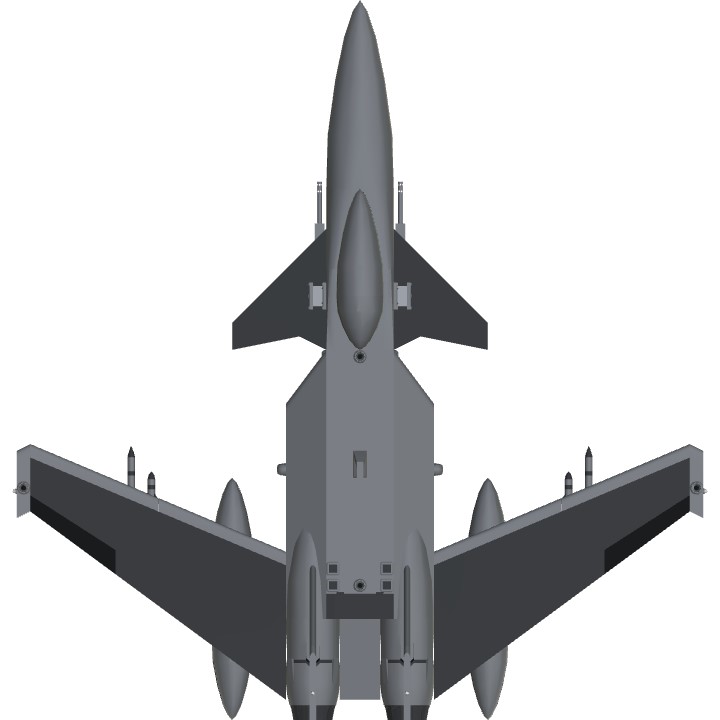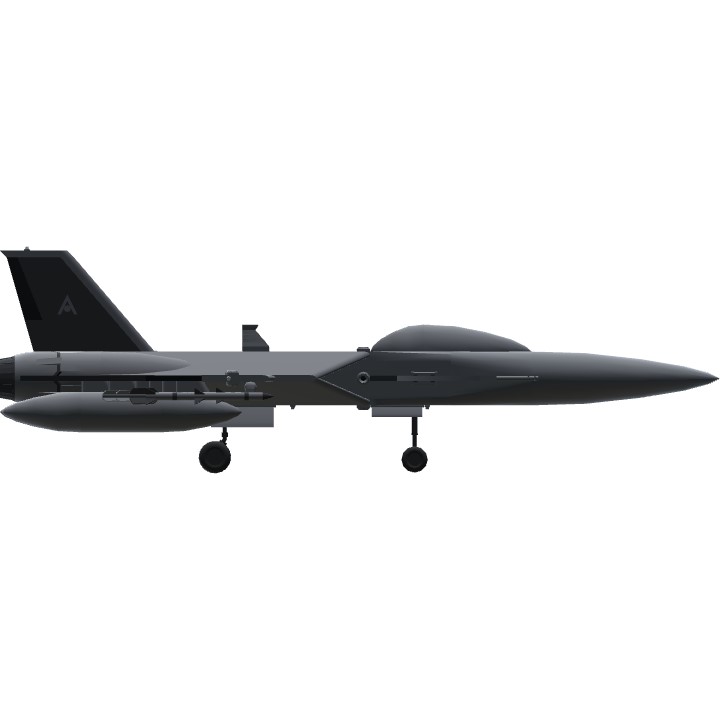UPDATE:
I changed the shape of the air frame and lightened the weight.
HISTORY:
The Type-2 Ragna was the first star fighter to be built by the Azekians by scratch. The blueprints that provided the preliminary design, however, were stolen from engineers working for the Vontaran Socialist Republic. So this fighter was still counted as a "bootlegged" copy by ISC officials. The Type-2 was designed as a long-range interceptor with a special weapon mounting port and a VTOL function. The Azekians didn't have the capacity to recreate the powerful high-efficiency engines that the Type-2 needed though, so the range has been cut significantly short. The fighter was also deigned to maximize stability at the expense of maneuverability. These two problems made the Type-2 an unreliable under-performing weapon for all of Azek's military activity. In the end the Type-2 was regarded as a product of tactical failure. But despite this, the Azekians continued to use the Type-2 because the Azekians were as desperate as they were crafty. So even a sluggish and clunky star fighter was necessary for Azek's security and survival.
ARMAMENT:
14x short ranged unguided air-to-ground rockets
4x medium ranged radar guided fire-and-forget air-to-ground inferno missiles
2x medium ranged radar guided air-to-air guardian missiles
2x long ranged radar guided fire-and-forget air-to-air interceptor missiles
Dual 50 cal. KVA-2 MKI machine guns
OPERATION INSTRUCTIONS AND ADVICE:
Action group 1 engages the main thrust engines.
Action group 2 engages the gyroscope.
Action group 3 engages the VTOL engine.
Action group 4 engages the VTOL RCNs.
Action group 5 illuminates the exterior lights.
Action group 6 drops the external fuel tanks.
Action group 7 triggers the detacher on top of the fuselage, which is used as a mounting point for special weapon platforms.
Action group 8 engages the guns. This is so they can be bypassed if a special weapon is mounted on the detacher but is triggered using the same input control.
Do not pitch down too hard and too fast while launching any missiles or rockets, otherwise they might collide with the craft mid-flight and destroy it.
To use the VTOL, first engage action groups 2, 3, and 4. Next, throttle up until the craft starts levitating upward. Once a suitable altitude has been reached, rotate the VTOL nozzles backward (VTOL slider up) to push the craft forward. Then drop the throttle all the way down, deactivate action groups 1, 2, and 3, and activate action group 1. This step must be done relatively quick. While action group 1 is engaged, throttle back up again to start flying forward.
The RCNs (AG4) can be activated at any time, they can help maneuver the craft even when not in VTOL mode. This would be useful while flying in regions with low air density.
Specifications
General Characteristics
- Created On Windows
- Wingspan 42.3ft (12.9m)
- Length 43.9ft (13.4m)
- Height 13.8ft (4.2m)
- Empty Weight 13,224lbs (5,998kg)
- Loaded Weight 18,839lbs (8,545kg)
Performance
- Power/Weight Ratio 4.294
- Wing Loading 66.7lbs/ft2 (325.5kg/m2)
- Wing Area 282.6ft2 (26.3m2)
- Drag Points 7333
Parts
- Number of Parts 135
- Control Surfaces 4
- Performance Cost 760

